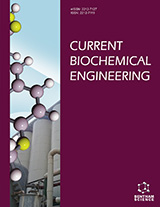Abstract
The accident is the worst event in the industry because it causes employee health damage. Depending on consequence effect the accident can be classified as a major accident or minor accidents. Much attention has been driven to avoid the major accident compared with the effort to avoid the minor accident. Despite the severity of a major accident, the minor accident also causes damage to the employee’s health and has been occurring much more frequently in all industries. In order to avoid an accident, the main philosophy is to be preventive and pay attention to incident to avoid that accident happen. That requires full attention to unsafe asset conditions during all lifecycle phases. The incident and accident analysis is carried out by different methods like Ishikawa diagram, Why because diagram, event tree analysis, Fault tree analysis, Bow Tie Analysis. Such methods have different features. What define which is the best method to be applied is the type of accident that in some cases is complex due to different causes combinations and more than one consequence. This chapter aims to describe the incident and accident analysis methods with examples to clarify the drawbacks and advantages of each method.
Keywords: Incident, accident, Ishikawa Diagram, Why because diagram, event tree analysis, Fault tree analysis, Bow Tie Analysis.






















